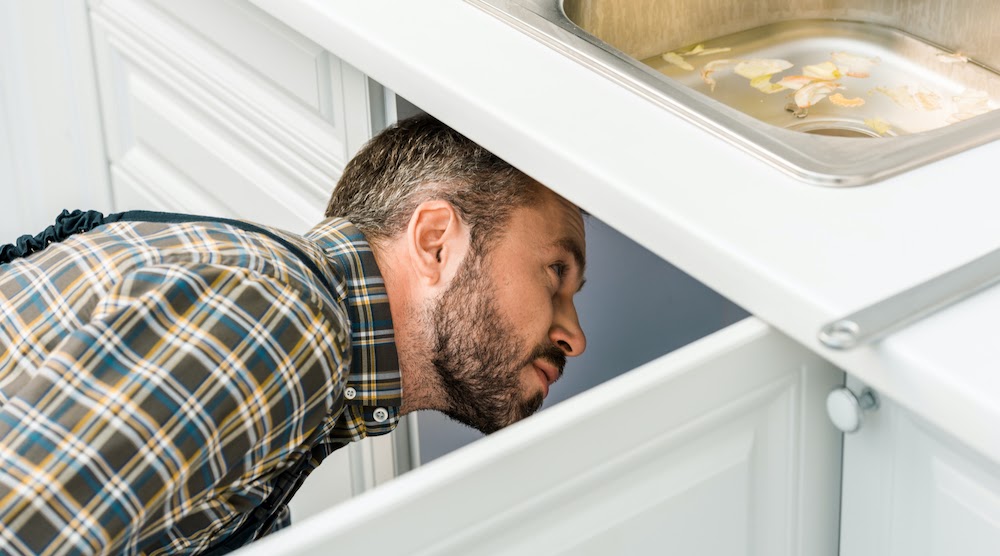If an army of insects caused thousands of dollars of damage to your home, would you be able to pick them out from the rest? The culprit, nine times out of ten, is termites. Responsible for over $100 million of damage in Australia, termites (commonly known as white ants) are highly destructive pests that cause major structural damage to domestic and commercial buildings. Hiding behind walls and underneath the flooring, they can be almost undetectable until it is too late.
Conducting an annual termite inspection is a simple and effective prevention measure. Once you learn how to identify a termite infestation, you’ll be able to ensure you protect your home and assets from destruction.
Tools For A Termite Inspection
Identifying a termite infestation doesn’t require a van load of tools to start, simply a torch and a screwdriver will do. You’ll be doing lots of bending and stretching so a pair of shorts will make sense too! The most important thing is to remember not to rush. It might seem slow if you aren’t finding any signs (hey, that’s a good thing!) but make sure you stay focused, patient and check every area carefully.
Signs You Should Be Looking For
You want to be on the lookout for mud tubes, gaps and cracked paint or plaster. Start out at the front door, checking where the architraves meet the door jamb, shining your torch and tapping each panel with the back of your screwdriver. You want to listen out for hollow sounds coming from where you tap. Termites come from the ground up so you’ll need to get down low and check the skirting as well.
Move Through Each Room Methodically
Work methodically, inspecting each room in a clockwise direction around the house. Focus on each room by breaking it down into wall by wall. Don’t let it deflate if you miss minor things, even the experts miss stuff sometimes, but this method will ensure you won’t miss any major signs. We’ve conducted thousands of inspections and use this exact same method so we know it works. You can even watch us take you through Carrying Out A Termite Inspection Like A Professional.
Check walls by tapping with the bottom of your first and listen out for the sound of debris falling, as this would be old termite excrement or wood chips. Other signs to look for on walls are water stains, defects and blisters in the paint. All these signs you point to termite activity.
Treat every panel the same way. Walk along, tapping with your screwdriver along panels, hitting your fist along walls and shining your torch to see signs of mud trails.
Windows can often be a hotspot. Termites always tunnel through large timber areas, so the studs encasing interior windows are a big feeding zone. Thoroughly check the back and front edge of the window by tapping your screwdriver and listen for hollow echoes.

Check For Subtle Water Leaks
In the kitchen, do the same actions – tap skirts with the screwdriver, hit the walls with your fist and shine with the torch. The pantry is an important area as it may have wood in the door, shelves and architraves. Look along all the joints as this is where the first stages of termite damage appear and check the floor skirting too. Remember, you’re looking for tiny cracks and mud trails.
Another tip is to fill up both of the sinks whilst you do the inspection – this will show you if there are any leaks, which provides termites with the moisture they need to build their colony. Do the same checks underneath the sink. You should do the same in other areas with water sources, such as the laundry and bathrooms.
Take Your Termite Control A Step Further With Bait Stations
Once you finish your termite inspection, you’ll have two outcomes – you either found activity or you didn’t. If you noticed termite damage, it’s important to Bait On Termite Activity. If you haven’t seen any sign of termites, consider Positioning Bait Stations Around Your Home to monitor any termite activity.
As one of Australia’s leading termite specialists, we’ve helped thousands of aussies take the first steps to protecting their home from termite infestations. We’ve also had a few occasions where we arrive too late and homeowners are left picking up the pieces and an expensive repair bill. Don’t let yourself become the latter, after reading this you’ve got no excuses – grab your screwdriver and get probing!